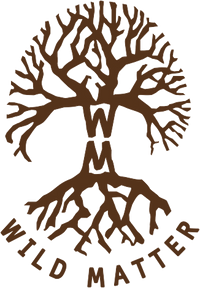Posted on February 13 2019
So how can the use of sound healing therapy help you?
Well, a sound is a vibration, and as we already know all of life exists at its core as vibrating atoms. Depending on the instrument, we can be influenced on a cellular level by the vibrations transmitted. Some instruments in particular – (those that we will be exploring today) – help us to move from what is known as “Beta Brain Wave Patterns”, or those associated with concentration, anxiety, and flight or fight reflexes, to calmer frequencies known as “Alpha”, “Theta” and even “Delta” brain waves. These brain waves are associated with relaxation (Alpha), meditation (Theta) and trance-like states (Delta).
In truth, sound healing is one of the most easily accessible and inexpensive forms of therapy and healing – something you can easily gift yourself with, or even learn to play.
The term "spiritual" is derived from "spiritual song", from the King James Bible's translation of Ephesians 5:19, which says, "Speaking to yourselves in psalms and hymns and spiritual songs, singing and making melody in your heart to the Lord."Slave Songs of the United States, the first major collection of negro spirituals, was published in 1867.
Musicologist George pollen extended the term "spiritual" to a wider range of folk hymnody, as in his 1938 book, White Spirituals in the Southern Uplands, but this does not appear to have been widespread usage previously. The term, however, has often been broadened to include subsequent arrangements into more standard European-American hymnodic styles, and to include post-emancipation songs with stylistic similarities to the original African American spirituals.
Although numerous rhythmical and sonic elements of spirituals can be traced to African sources, spirituals are a musical form that is indigenous and specific to the religious experience in the United States of Africans and their descendants. They are a result of the interaction of music and religion from Africa with music and religion of European origin. Further, this interaction occurred only in the United States. Africans who converted to Christianity in other parts of the world, even in the Caribbean and Latin America, did not evolve this particular form.
The slaves brought African cultural traditions with them. Many of their activities, from work to worship, involved music and dance. However, their European masters banned many of their African derived forms of worship involving drumming and dancing as they were considered to be idolatrous. The slaves were forced to perform their music in seclusion.

0 comments